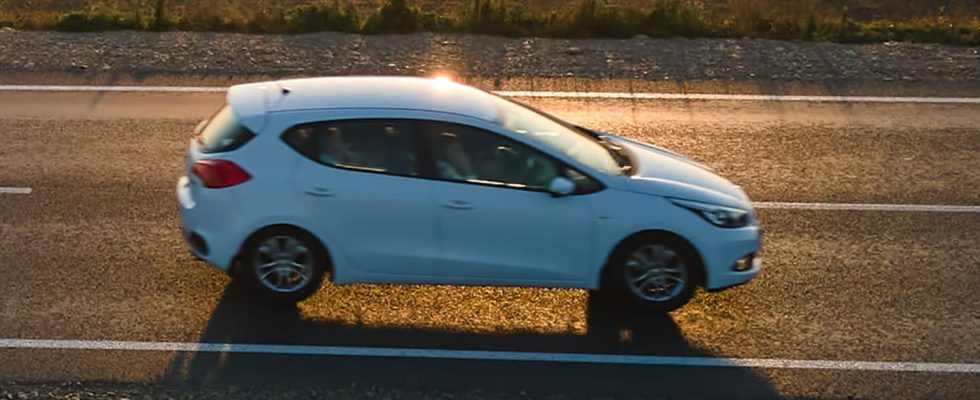Although constantly increasing, the range of electric cars still varies enormously depending on the type of route taken.
Autonomy today remains at the center of concerns for motorists ready to take the plunge into electric technology. Manufacturers know this very well and continue to highlight in their advertising spots the number of kilometers that their green energy vehicles are capable of covering on a single charge. 500, 600, 700 kilometers…the distance is constantly increasing. To the point of wondering if, by opting for a vehicle with a large battery, say with a capacity greater than 80 or 90 kWh, it would not be possible to cross France in one go. In reality, despite the clear progress made in the field, we are still quite far from it.
Beyond the fact that the autonomy figures are always boosted by the manufacturers, with tests carried out in optimal conditions (at a moderate speed, on a flat road, at a moderate temperature, etc.), they hide a reality relentless: the consumption of an electric car soars when it drives on a road widely used by French motorists: the motorway.
Driving on these long straight stretches limited to 130 kilometers/hour is the enemy of electric cars. Unlike a thermal engine, the consumption of EVs soars when the speed is constant and no longer allows, or very little, energy recovery via the regenerative braking system. Weighed down by the battery, electric vehicles, whose weight flirts with 2 tonnes, or even exceeds it, when it comes to SUVs, consume on average 25 kWh on motorways. Enough to significantly reduce their autonomy.
Take the example of the new 100% electric Renault Scenic expected on our roads in the coming weeks. On paper, the now family SUV can cover 625 kilometers with its large 87 kWh battery. Enough to reach Bordeaux from Paris without having to worry about finding a charging station on the route, which remains the major concern for motorists ready to switch to electric. Unfortunately, the autonomy of the one who was elected car of the year 2024 is seriously reduced on the motorway since it falls to…340 kilometers (calculated for an outside temperature of 5 degrees)! Not even enough to do a Paris-Rennes without stopping…
And the Scenic is no exception. We can also cite the Tesla Model Y – the best-selling car in the world in 2023 – whose maximum range of 530 kilometers in an urban environment increases to 300 on the highway. The new Peugeot e-3008, very heavy (2.2 tonnes), experiences exactly the same dizzying loss of autonomy, calculated at 230 kilometers, i.e. a reduction in distance of 43%! Taller and heavier than sedans or city cars, SUVs are always particularly impacted by motorway driving. 300 kilometers is still very tight for long-distance trips. Unless you are in no hurry to arrive at your destination and plan to recharge one or two times which, as with fuel, will cost you much more at motorway rest areas.
